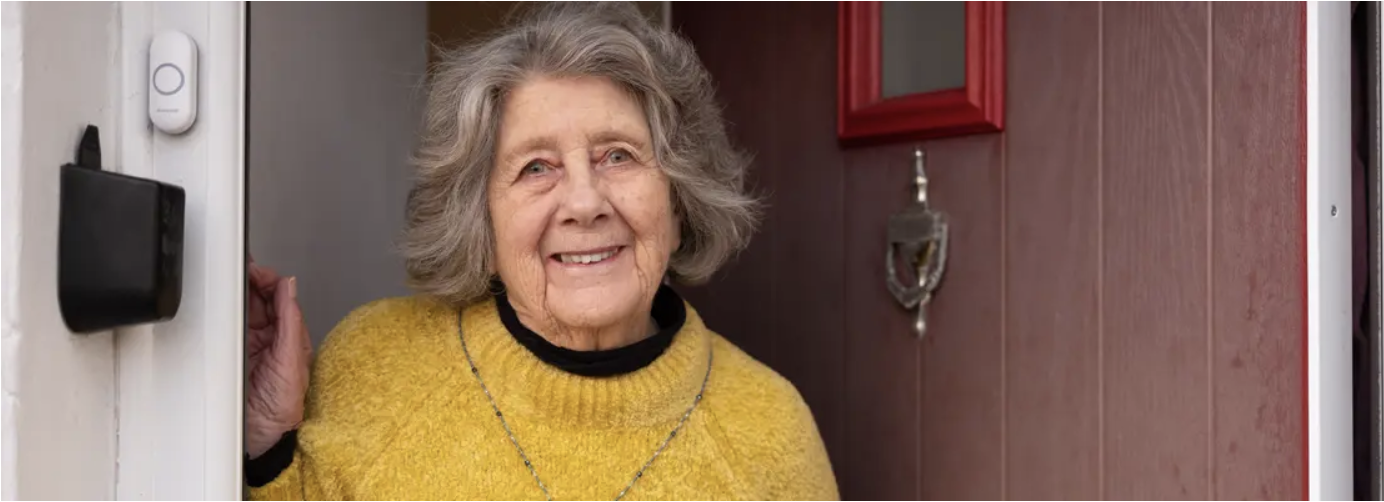We’ve currently got a stack of crises in this country around our ageing population, some of which could, at the very least, be ameliorated if we had a half-sensible housing strategy in place. In fact, the lack of a suitable housing supply in the right locations means that significant opportunities are being missed to improve the wellbeing of older people and reduce public expenditure.
First, a stat to get this issue into perspective: WPI Economics and Homes for Later Living estimates that three million older people would like to downsize, yet only about 7,000 new retirement properties are built each year. This is a market failure of monumental proportions.
It is also a failure for our society and our economy.
Why so? Let’s look at the bigger picture Our ageing population is only going to carry on ageing. Our housing crisis is only going to get worse as supply continues to lag behind demand. We have a care crisis, exacerbated by many older people living in badly maintained and poorly heated housing.
A ready supply of suitably-designed homes for older people in the right places to move into could, at the very least, alleviate some of these issues.
- Hospital discharge would be a much speedier process for many elderly patients,, freeing up NHS beds.
- Many older people could delay moving into a (very expensive) care setting.
- Every home vacated by an older person means one more available for a family to move into.
- There’s often an opportunity to release some of the value of the home being sold to bolster incomes, pay for future care and reduce outgoings.
However, none of this is remotely achievable without a choice of suitable housing in the right places and on a choice of tenures – including shared ownership (as highlighted in the recent SO-HAPPI report from the APPG on Housing and Care for Older People’s latest inquiry).
But planning applications often fall at the first hurdle because other types of housing are prioritised. Or those making the decisions don’t have the faintest idea about the cross-societal benefits.
All too often at the planning stage it’s possible to point to existing retirement accommodation nearby, usually in large blocks, that remain unfilled.
And don’t get me started on why the Government made it a voluntary decision for local authorities to specify all new homes being accessible and so ensure that people could age in place for longer for decades to come. Hopefully, ongoing consultations will remedy that…
The solution? It starts with local plans… establishing precisely what older people in every community want in terms of dedicated or suitable housing supply.
It goes on to retirement developers doing their research on local requirements at the pre-app stage – running focus groups and carrying out surveys – and so enabling them to tailor their product to those requirements and then point to evidence that their particular development is needed.
And it concludes with developers of ALL new housing making every home accessible, and to consider incorporating an element of suitable housing in EVERY new development, allowing the generations to age in place and to continue living together – and support each other.
At the heart of all of this is one key word: choice. Provide that, and the market will blossom.


